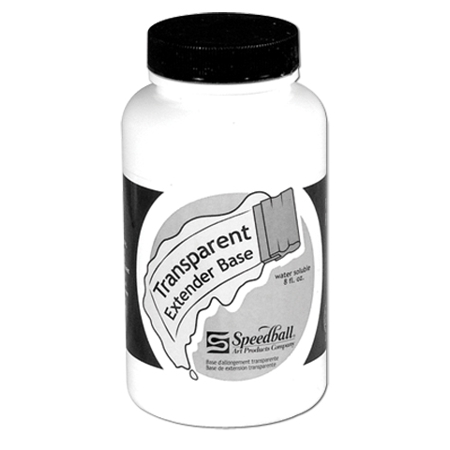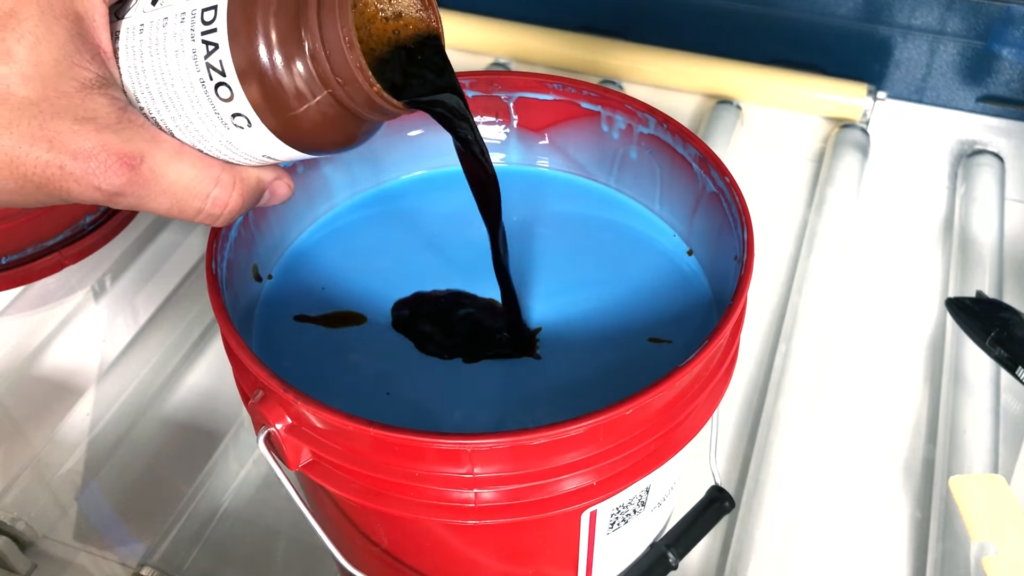

We recommend our mesh prep here to prevent static, to remove dust and to eliminate pinholes & fish eyes. Screens, new or used, should be de-greased. Stir the emulsion well until the contents are fully mixed.Īfter mixing the emulsion should be left for at least an hour to allow bubbles to disperse. This will create a thicker emulsion coat and may require a longer exposure. Note: For coarse fabric or for a thicker, more viscous emulsion, mix the diazo with a little less water. Rinse the sensitiser bottle out filling to approximately 25%, shaking and adding to the emulsion.įor the 1 litre Photo Emulsion Fill the sensitiser bottle to 50% with water, replace the lid and shake until dissolved, then add this to the emulsion. Great for exposing your screens and printing with water based and even plastisol inks!įor the 250ml Photo Emulsion Fill the sensitiser bottle to 25% with water, replace the lid and shake until dissolved, then add this to the emulsion. The individual RRP on this pack is £47.98, available for only £39.99! The individual RRP on this pack is £27.98, available for only £19.99!ġx 1000ml Hunt The Moon Diazo Photo Emulsion & Sensitiser Use Haze Remover 5230 to remove ink and haze residues, if necessary.1x 250ml Hunt The Moon Diazo Photo Emulsion & Sensitiserġx 250ml Hunt The Moon Photo Emulsion Remover Wash the screen with a forceful spray of water.

Do not let the stencil remover dry on the screen. Screen Systems Biodegradable solvent 2500 or 2550 will remove almost all inks.

STENCIL REMOVAL: Remove ink from the screen using a solvent. Use Speedball blockout thinned with equal parts water and apply with a spotting brush. Touchup Use excess emulsion and re-expose the screen. Apply Speedball blockout with a plastic applicator squeegee or 14 ply cardboard. Blot excess water from the printing side with unprinted newspaper stock.īLOCKOUT / TOUCHUP: Blockout Before drying and exposure, use excess emulsion from the coating step to cover the blockout area. Rinse both sides with a gentle spray until no soft emulsion is left on the squeegee side, and no foam or bubbles remain. Then spray the printing side forcefully until the image areas clear. WASHOUT: Wet both sides of the screen with a gentle spray of cold water. The optimum exposure is when the emulsion first reaches its maximum color density, and the edges of the positive do not "resolve." The squeegee side emulsion is hard, not soft or slimy. Use a dehumidifier in the drying area is strongly recommended, if possible.ĭETERMINE OPTIMAL EXPOSING TIME: Make a Step Wedge or use an Exposure Calculator Kit carried through to actual printing to determine your optimum exposure time. Under humid conditions, dry the coated screen with warm, filtered air up to 104° F. Additional coats can be applied to the print side to optimize definition.ĭRY THE SCREEN: Dry screens thoroughly in a horizontal position, printing side down, at room temperature in a dirt- and dust-free area.

After each coating, rotate the screen 180°. Method 2: Apply two coats on the printing side, then two coats on the squeegee side, wet-on-wet. Apply one coat of emulsion to the printing side, then one coat on the squeegee side. The coater should be at least two inches shorter that the narrow width of your screen. Wait at least one hour for the emulsion to de-bubble.ĬOAT THE SCREEN: Use the rounded edge of a scoop coater to apply an even coat of emulsion in one pass. Stir with a clean, broad, flat plastic or stainless steel instrument until the emulsion is uniform in color. Pour the fully dissolved sensitizer into the emulsion. Dissolve the diazo sensitizer powder by adding lukewarm water up to the shoulder of the bottle. SENSITIZE THE EMULSION:Handle under yellow light. It increases the surface area of fabric for a better mechanical bond of the stencil, increasing printing run length. (Mechanical roughening is an option for new fabric that is not surface treated. FABRIC PREPERATION: Used or surface treated fabric need only be degreased using Screen Systems Degreaser 5505.


 0 kommentar(er)
0 kommentar(er)
